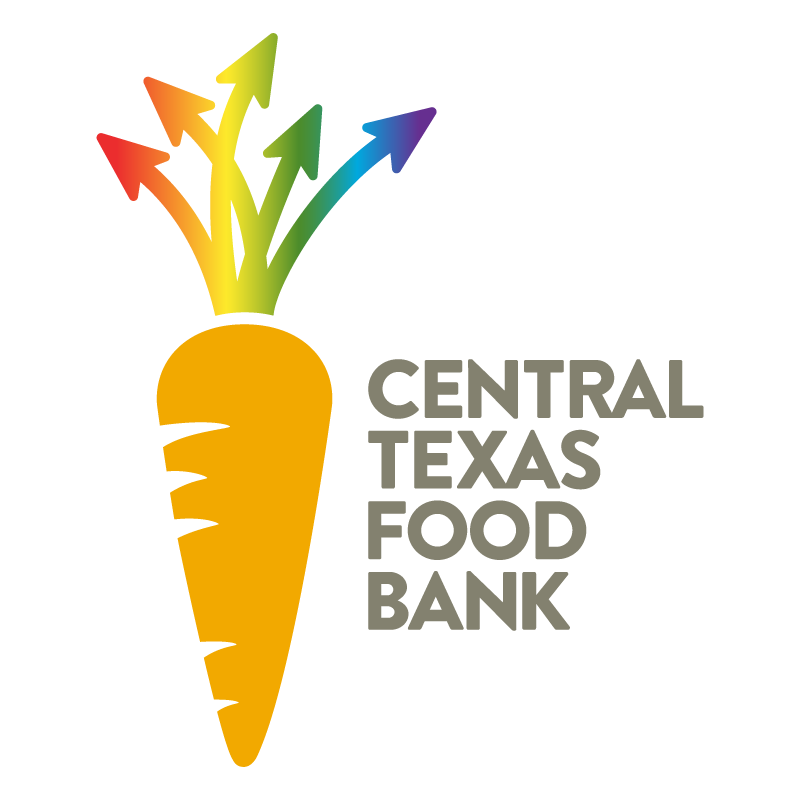
Have you ever wondered what the different “expiration date” labels on food products mean?
While discussing how to properly check for dents in canned goods during a nutrition education class at Josephine Houston Elementary School, Maria, a class participant, raised a question about the way canned goods and other non-perishable food items are dated. Maria shared that sometimes they are easy to read, but other times they can be confusing.
Our Bilingual Nutrition Educator, Arely Torres, adapted lesson materials to address this question.
 Below are several code dates that you will find in different food items:
Below are several code dates that you will find in different food items:
Expiration date: This simply means what most of us think – it is no longer good after this day. Whatever date is on that food item should be the last date the food can be consumed. You can typically find this in infant formula and baby food.
Sell by date: This date specifies how long the food should be displayed at the store for consumers to purchase. If the food was handled properly then it may still be safe to eat after this date. Foods that may have this label are refrigerated items like milk, yogurt, cheese, eggs and packaged salads.
Best if Used By/Before or Use By: This label refers to the last day the food item will be at its peak state. Even though its flavor or consistency is not the same after this date, the food is still safe to eat. You can look for this date on cereals, crackers, canned goods and other shelf-stable products.
In addition to having an understanding of what these dates mean, it is also important to keep in mind that the shelf life (the time that a food item is still considered “good” to eat beyond the code date) may be longer than we think. Canned goods with low-acidity - such as canned meat, poultry, pasta, potatoes, spinach, peas, beans, among others- that are in good condition (not dented or rusty) can usually be used three years past the code date.
Canned tomato products, fruits, sauerkraut, and foods that are vinegar based are considered high-acidity products, and their shelf life is only 18 months past the code date. Other food items like dairy, such as milk, have a more sensitive time frame and the shelf life after the code date is about one week.
Shelf life dates can be helpful to rescue and use food that is still safe to eat. To help you get the most of food items, check out The Food Keeper website, developed by the USDA Food Safety and Inspection Service.
For more information or to schedule a class, contact Mary Agnew, nutrition education manager, at (512) 684-2502 or email choices@centraltexasfoodbank.org.
References:






